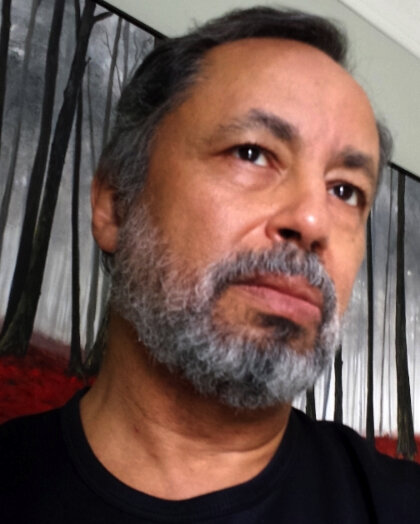Alright – so today we’ve got the honor of introducing you to Carlos Torres. We think you’ll enjoy our conversation, we’ve shared it below.
Hi Carlos, thanks for joining us today. Are you able to earn a full-time living from your creative work? If so, can you walk us through your journey and how you made it happen?
<div>My name is Carlos Torres. I’m an award-winning illustrator whose work has appeared in publications such as Time, Sports Illustrated, Barron’s, The National Review, The LA Times and The Chicago Tribune. My clients have also included, Pepsi, American Airlines, Macy’s, DuPont, Time Warner and Scholastic. I have managed to earn a living as an illustrator over the last 40 years or so. Although, it wasn’t my original goal.
My original goal was to become a cartoonist, as in newspaper comic strips. During the 1980’s, I found myself in a position to actually complete that goal.
</div><div>I landed a job with United Media in New York City, a publishing firm that syndicated some of the most popular comic strips in the industry, such as “Peanuts”, “Garfield”, “Marmaduke” – about 50 or so comic strips in all. My job in the art department, was to actually correct the strips. I’ll explain. Back then, the original comic strips were mailed in by the cartoonists from wherever they lived. They arrived at the firm in New York, packaged as one week of strips at a time – Monday through Saturday black & white “dailies”, and the full color “Sundays”. The editors would receive them, then check them for corrections (grammatical errors, errors in the art, etc.). But instead of mailing them back to the cartoonists, they would bring them to the art department and hand them to me. I would make the corrections on the original art. This process saved the company time, money, and kept the strip on schedule.
Granted, 80% of the corrections I made were minor mistakes in the text or “dialog”, such as misspellings, punctuation, sometimes rewriting whole sentences. On a rare occasion, an error in the art itself. But the real ability or skill, was in mimicking the style of about 50 different cartoonists, so that when it was published, the correction was virtually undetectable. For a young, aspiring cartoonist, this was a dream job. A job that today, doesn’t even exist.
I performed that job for nearly 5 years. It didn’t pay a lot, but I recognized it as a rare opportunity, with the promise of bigger things to come. Within that time, I began to develop my own comic strip. A concept that caught the interest of the editors. The humorous saga of a couple of characters traveling in a shuttle through space, a topic that still remains a passion of mine. Over time, and in between doing my regular job, I developed my characters, wrote and rewrote “gags”, until it was finally ready. By the end of 1985, I scheduled the unveiling of “Space” for April of 1986.
In January of that year, NASA’s space shuttle “Challenger” exploded during it’s launch. Seven brave souls were lost. Including a civilian. A school teacher.
It was devastating. For the world, for our country, for NASA. A tragedy of that magnitude doesn’t allow you to put yourself first. Seven families lost their loved ones. But the honest reality was that my strip was now also lost. Overnight, my future as a cartoonist had again become a distant dream. It felt like I would be stuck doing corrections the rest of my career. It was time to reevaluate my future.
During all the time spent developing my own comic strip, I had also been doing some freelance illustration work on the side. I decided to concentrate on getting more illustration assignments. It was during the “heydays” for illustrators, and I was getting in at the right time. My side work began to gain momentum. I won an award for an assignment I had done for the Leukemia Society of America. Followed by more recognition for other assignments. It wasn’t long before I realized, I needed to do this full time. In 1989, I left United Media to become a full time illustrator. Which meant sitting at home, waiting for the phone to ring. I got lucky. It rang. A lot.
Every turn my career took, for better or worse, led to what I eventually became today, both personally as well as professionally. I don’t regret any of it, because I learned so much about who I was and what I was capable of. I would do it all again in a heartbeat.</div>
Carlos, love having you share your insights with us. Before we ask you more questions, maybe you can take a moment to introduce yourself to our readers who might have missed our earlier conversations?
<div>About me:</div><div> </div><div>I was born and raised in New York City, and am now a resident of North Tonawanda, New York, a suburb of Buffalo, with my wife Claudia and our three boys. More recently, my personal works have included a series of carrousel horse images inspired by the historic Herschell Carrousel Museum located in North Tonawanda, considered the “Home of The Carrousel”, where they were once manufactured.
</div><div>
</div><div>When not working on a deadline, I also enjoy teaching at my studio. My students range from kids just discovering art, to adults looking to raise their ability to the next level. Next year, I’m hoping to add “author” to my resume, as I’m planning to publish a book of caricature works in 2026.
About my work:</div><div>
</div><div>As an illustrator, I became known for my editorial caricatures. One of those works, entitled “Chairman Nixon”, a caricature of former President Richard M. Nixon wearing a Mao Tse Tung style jacket, was part of a national traveling exhibition hosted by the New York City based Society of Illustrators.
My work was primarily editorial illustration for magazines, specializing in caricature or satirical images. My medium is mostly acrylic paints. Early in my career, I used an airbrush almost exclusively for the majority of my paintings, which can be time consuming, as well as less practical for meeting short deadlines. My goal was to try not to look too “airbrushy” as I called it. I wanted the work to look more like a “life-like” caricature. Skin to look like skin, hair like hair, etc. I felt it added more interest and intrigue, making it more enjoyable for the viewer, therefore setting the work apart. I also tried to make a statement or imply irony with each piece, as opposed to just being a portrait. Such as the Nixon painting, making a statement about his relationship with China. These are important elements discussed at the start of an assignment and don’t always come across in preliminary sketches. But a good art director, who chose you because they’re familiar with your work, will trust that in the end you will deliver what they wanted. Either that or you won’t hear from them again.
For a weekly magazine, a client would typically call you end of the day Wednesday for finished art in New York (or wherever) by early Friday. Which means having it finished by Thursday in time for FedEx 5pm pick up, which meant being ready by 2pm so you can call and schedule the pick up! If it sounds unrealistic, trust me, it was. But that’s what you did for a weekly magazine with tight deadlines. It meant not eating or sleeping, and alienating your family and friends.</div><div>Then you do it all over again for the next 30 years.
My painting process with an airbrush involved layers of translucent acrylic colors that build upon themselves, much like you might do digitally today, eventually making the painting look more complex than it actually is. There is also a lot of handwork involved with a paintbrush, which can also take some time. My time was usually spent trying to take short cuts that would achieve the same quality I was looking for.
The most challenging part of the process, is knowing when you’re done. Reminding myself that, “the client would’ve been happy with this work 3 hours ago…so why am I still working on it??” The answer to that is simple. All creatives are the same. You don’t just create for yourself and your client. You’re also creating for your peers. You’re creating for those that have inspired you. The other creatives that are going to see your work. What are they going to think? What image of yourself as a professional are you projecting to your industry? Any creative that denies having these thoughts, even in passing, is not being honest.
Looking back, there are works hanging in my studio that I’m very proud of, and I find myself asking, “How did I do that?!” You find yourself wondering if you can ever do that again. But the truth is, you already have. I’ll be honest, in 40 years, I’ve missed that FedEx deadline a number of times. I’ve had to bite the bullet and drive 80 in a 55 to put the art on a plane so a messenger can pick it up at the destination airport and deliver it to my client – the same day! Oh yeah, it’s pricey. But the point is, anything hanging on my walls today, I could have still been working on 30 or 40 years later. So, thank goodness for those deadlines!
I love what I do. I love the ability to create. Beginning with just an idea, sometimes vague at best, and cranking out something so unique, there’s only one of it’s kind on the planet. That is what art is across it’s entire platform. How can that not excite the creative mind. Your art will be around long after you’re gone. This is why I can easily find myself getting carried away with anything I’m working on. But it’s also why you finish and move on to the next. I’m just as excited about what lies ahead. Asking myself “how did I do that” once again, about something I did last month, or last week, or yesterday. You continue to discover things about yourself as an artist, climbing to the next level as you learn.
I am also an art teacher. Children to adults. All of them eager to learn. To learn what I know, as if what I know were some great secret. Of course, it’s not.
</div><div>In fact, sometimes I don’t even know how I’m going to teach someone anything until I begin. And even then, all I feel I’m doing is sharing ideas. If you put 50 teachers in the same room, all teaching the same subject, you’re going to get 50 different lessons. I have taught painting classes with 20 different students in the same room, all painting the same thing I’m painting, one step at a time. We end up with 21 different paintings…including mine. Each one unique, no other like it in the world. All of us, including myself, having discovered something about ourselves. We never stop learning. It’s one of the many residual effects of teaching…it’s wonderful. Not to mention the impact the experience may have had on your students. You don’t necessarily change lives, but you offer the encouragement to do so.</div>
How about pivoting – can you share the story of a time you’ve had to pivot?
I answered a previous question in detail regarding my start as an illustrator and the choice or “pivot” I made at the start. But the illustration industry has changed quite a bit since then.
Editorial illustration was a staple of my career from the 1980’s right through the 1990’s. But in the early 2k’s, the magazine publishing industry underwent a change that encouraged the use of digital platforms and image software as a cost effective alternative to illustration vendors. Seemingly overnight, art directors across the industry began to generate their own imagery to meet their needs, consequently eliminating the need for traditional illustrators.
Illustrators now had to make hard choices. Find another market for your work, or work as an artist in Fine Arts. Or lastly, what many illustrators did, go digital.
It was sink or swim. I was one of the last of the “holdouts”, but I finally I decided to swim. I actually took a Photoshop class and hence began the digital chapter of my career. It didn’t happen overnight, but I’m certainly glad I did. Let me first make clear, it didn’t bring me back to where I was in the editorial world. That change was a done deal. Many of my colleagues never quite recovered from that and had to change careers. But for me, it opened new opportunities, new avenues within the market, and I was eventually able to merge the best of both worlds. It enabled me to offer products I could have only created digitally. Therefore, I’d call it a successful change. Not to mention, I no longer needed to call FedEx.
What do you find most rewarding about being a creative?
I find teaching to be the most rewarding part of my career. Over the years, I’ve taught at local schools, given talks at colleges, and conducted workshops in various cities. But at this stage of my career, at 67 years of age, there’s honestly no better feeling than teaching in the comfort of my own studio, enjoying an exchange of creative ideas and helping find the answers students are looking for. Helping them locate their own creative identity, while witnessing their progress and breakthroughs. To me, there’s nothing more rewarding.
Contact Info:
- Website: torresart.com
- Instagram: https://www.instagram.com/torresartstudio
- Facebook: https://www.facebook.com/CarlosTorresIllustrations
- Linkedin: Torres Art Studio
- Youtube: https://www.youtube.com/@torresartstudio4046
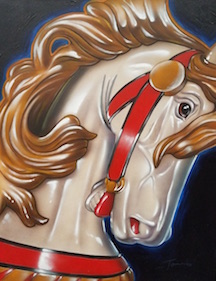
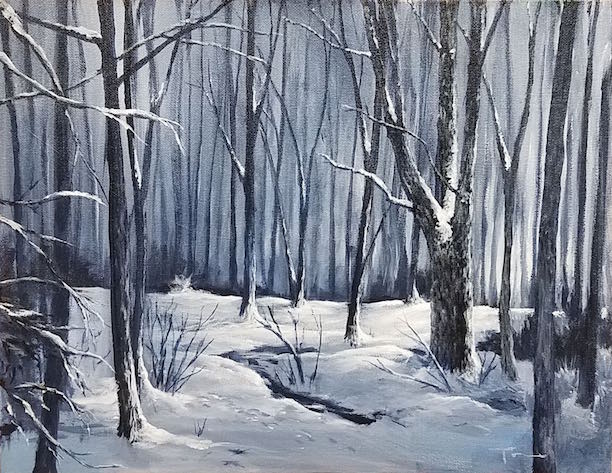

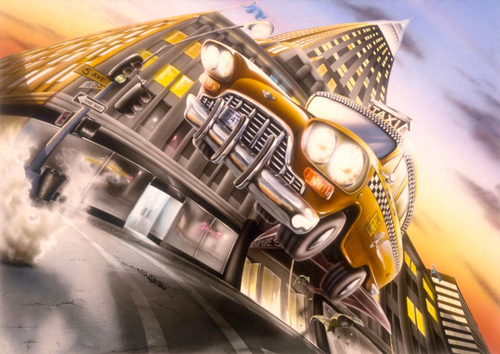
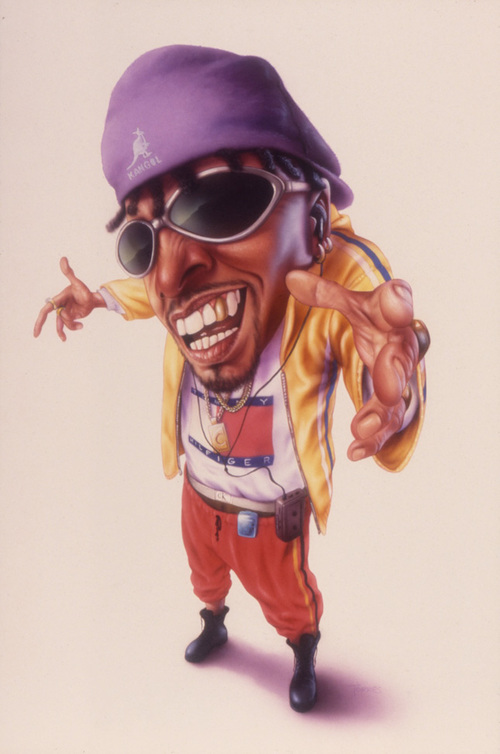
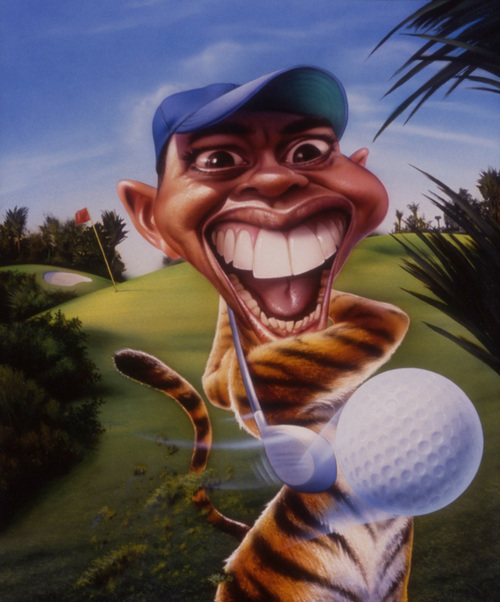
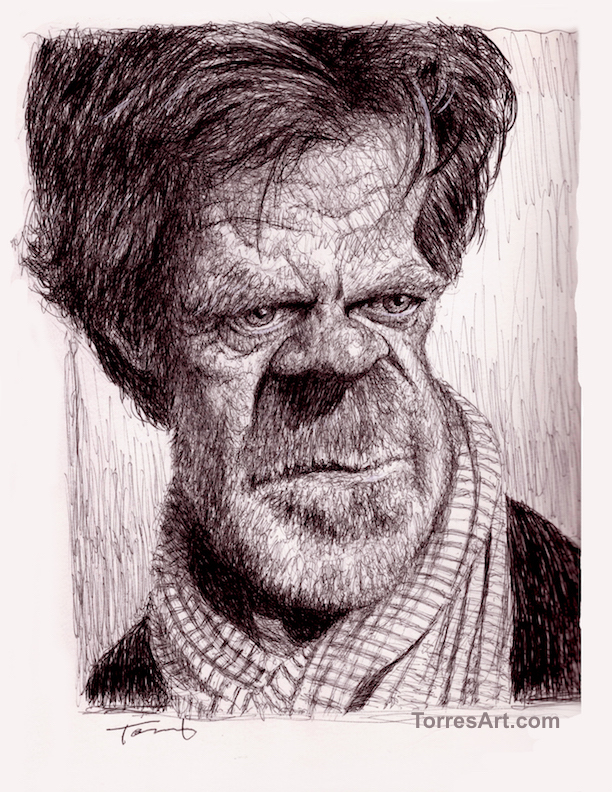
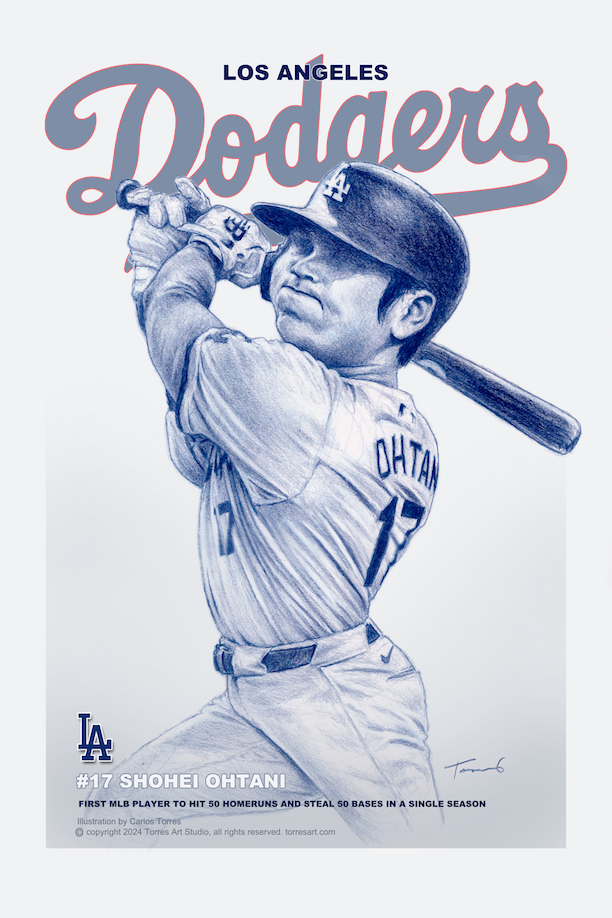
Image Credits
Illustrations by Carlos Torres (C) copyright 2025 Torres Art Studio, All rights reserved.


